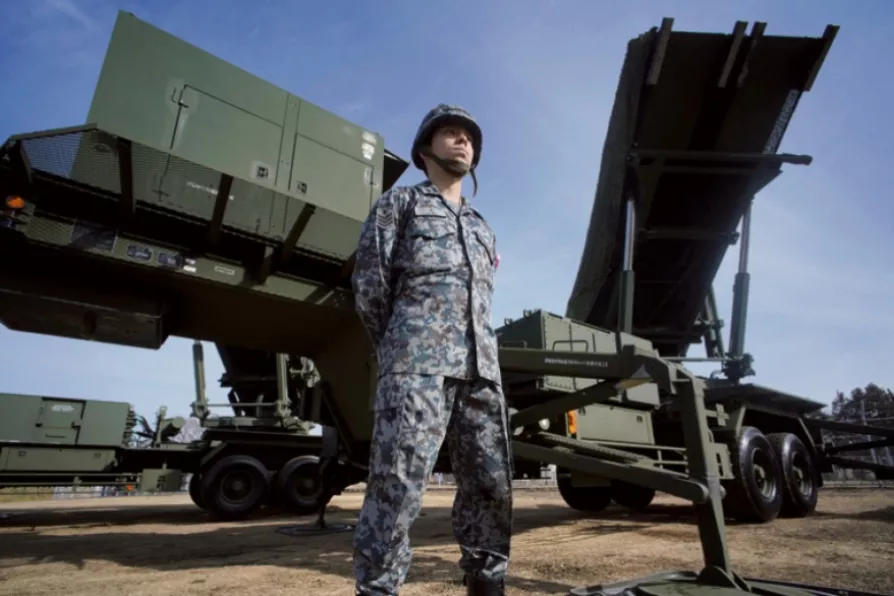A November 15 protest in Mexico – driven by a right-wing social-media operation – has been miscast as a mass uprising against President Sheinbaum. In reality, the march was small, elite-backed and part of a wider attempt to sow unrest, argues DAVID RABY

 A Japanese soldier stands guard by a missile battery
A Japanese soldier stands guard by a missile battery
At a time when East Asian military tensions have focused on the Korean peninsula, very little attention has been paid to the continuing militarisation of Japan by right-wing premier Shinzo Abe.
Japan is a key military player in north-east Asia both as a base for US military forces and for the much less well-known role played by its own Self-Defence Forces (SDF).
The SDF is in essence Japan’s military, although, according to Article 9 of the country’s constitution, which states that “land, sea, and air forces, as well as other war potential, will never be maintained,” military forces are in fact illegal. Nonetheless, the SDF has around 310,00 personnel both regular and reserve and is equipped with thousands of aircraft, tanks, ships and artillery.

In the conclusion of his two-part article, PETER MERTENS reveals that while global military spending hits $2.7 trillion with European arms company profits soaring 1,000%, €1 invested in hospitals creates 2.5 times more jobs than weapons













